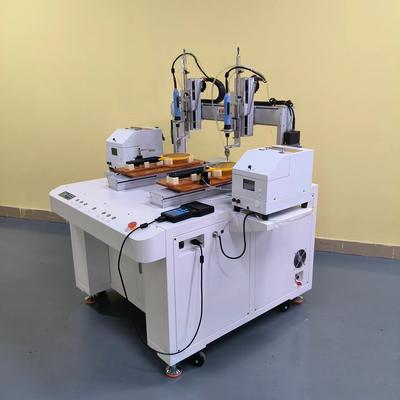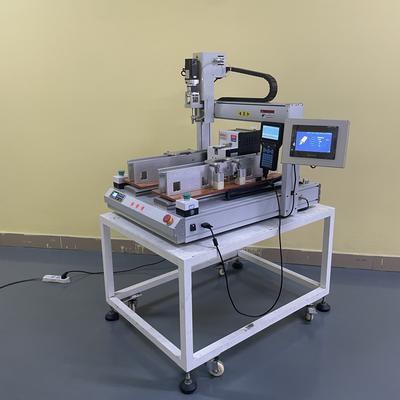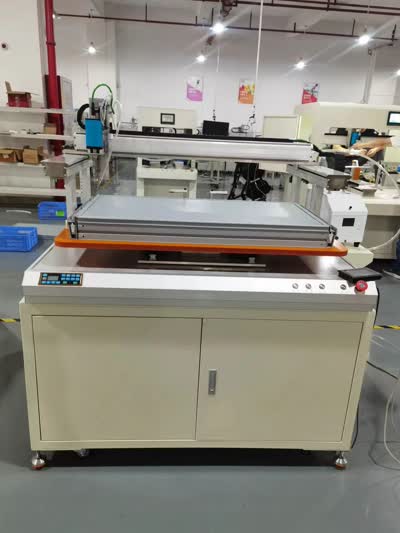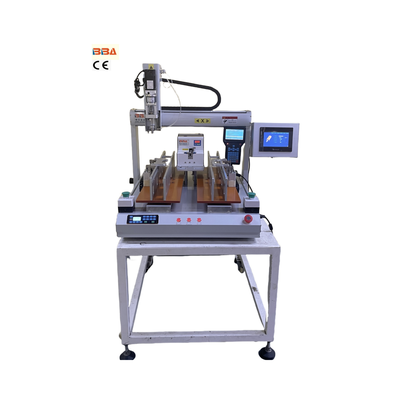Entry-Level vs. High-End Desktop Screw Robots: Features & Applications

In the world of industrial automation, desktop screw robots have become an essential tool for assembly and manufacturing processes. Whether you're just starting out or looking to invest in high-performance equipment, understanding the differences between entry-level and high-end desktop screw robots is crucial. This article explores the key features, advantages, and use cases of these two categories to help you make an informed decision.
Entry-Level Desktop Screw Robots: Affordable and Reliable
Entry-level desktop screw robots are designed for businesses that require basic automation at an affordable price. These robots typically handle simple screwing tasks with precision and consistency, making them ideal for small-scale production or light industrial applications. Key features include:
- Cost-Effective: These models are budget-friendly, allowing smaller businesses to automate without a significant upfront investment.
- Ease of Use: With intuitive interfaces and minimal setup requirements, entry-level robots are accessible for operators with limited technical expertise.
- Compact Design: Their small footprint makes them suitable for workspaces with limited room.
- Basic Functionality: While they may lack advanced features, they excel at repetitive, low-complexity screwing tasks.
Entry-level desktop screw robots are perfect for industries like electronics assembly, toy manufacturing, or small-scale automotive parts production. They provide a great introduction to automation without overwhelming users with complexity.
High-End Desktop Screw Robots: Precision and Performance
For businesses that demand higher precision, speed, and versatility, high-end desktop screw robots are the ideal choice. These advanced systems are built to handle complex tasks with superior accuracy and efficiency. Here’s what sets them apart:
- Enhanced Accuracy: High-end models feature advanced sensors and control systems for ultra-precise screwing, even in tight or challenging spaces.
- Higher Speed: Designed for high-throughput environments, these robots can significantly reduce cycle times in production lines.
- Customizable Tooling: They often support multiple screw types and configurations, making them adaptable to diverse applications.
- Smart Connectivity: Integration with IoT and data analytics allows for real-time monitoring and process optimization.
These robots are commonly used in industries such as aerospace, medical device manufacturing, and high-precision electronics, where even minor deviations can impact product quality.
Choosing the Right Robot for Your Needs
When deciding between an entry-level and a high-end desktop screw robot, consider factors such as production volume, complexity of tasks, and long-term scalability. If your operations are relatively simple and budget is a concern, an entry-level model may suffice. However, if you require advanced capabilities and plan to scale up production, investing in a high-end system will provide greater long-term value.
In conclusion, both entry-level and high-end desktop screw robots have their unique advantages. By evaluating your specific needs and industry requirements, you can select the right automation solution to enhance efficiency and productivity in your manufacturing processes.
| Product Name | Applicable industries |
| Servo Screwdriver Robot | Smartphone Manufacturing |


